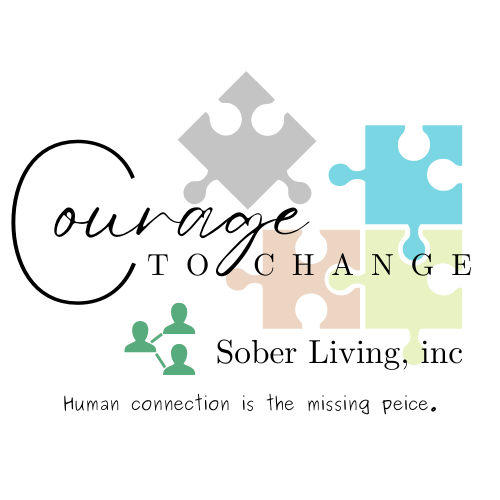FAQs
-
INARR supports Recovery Residence providers in their effort to deliver quality recovery-oriented housing opportunities to persons in recovery who seek to reside in abstinence-based, peer supportive environments. We believe this is best achieved through encouraging and monitoring provider compliance with national standards promulgated for this purpose. We further believe that all people have the right to recover in an atmosphere which meets their special needs as well as their basic needs for safety, dignity and respect.
Learn more at - https://inarr.org/
-
Sober living houses are alcohol and drug-free environments where residents can establish or maintain their sobriety. Through peer support, proven recovery principles, peer empowerment, and individual responsibility, residents can solidify their sobriety and prepare to return home or live independently.
Learn more at - https://ethosrecovery.com/sober-living-guide/
-
It’s easy to confuse sober living houses with rehab centers or halfway houses, but there are some stark differences among them. Rehab centers offer intensive recovery programs that help residents overcome addictions by following strict rules and regulations. Halfway houses usually require that residents complete a formal rehab treatment program and they limit the amount of time residents can stay to 12 months.
A sober living community is less strict. It offers residents more freedom to come and go as they please. It often acts as a bridge between rehabilitation and preparing members to live independently – drug- and alcohol-free.
Learn more at - https://ethosrecovery.com/sober-living-guide/
-
The primary rule of sober living is just what one would guess: staying sober. If someone drinks or uses drugs while living in a sober home, they violate the most important rule of the house and may be asked to leave. However, admitting to relapse and being open and honest could earn a resident a second chance. They may be suspended and then allowed to return – if they’re genuinely willing to remain sober and clean.
See basic list of rules here - https://ethosrecovery.com/sober-living-guide/
-
Alcoholics Anonymous (AA) originated in the 1930s and provided the steppingstones for sober housing by requiring strict sobriety, participation in the community, peer support, and a 12-step program. However, AA did little to address housing needs for its participants as they worked through the program.
In the late 1940s, some AA members decided to fill this pressing need by acquiring low-cost housing that required strict sobriety and encouraged residents to attend AA meetings. These became the first sober houses in California – some of which are still operating today.
In the ’40s and ’50s, California began to dismantle its custodial care systems (e.g., local jails and state psychiatric hospitals), creating an even greater need for sober living houses. However, the existing 12-step recovery houses usually refused to accept inebriates. Instead, they required applicants to begin their sobriety before approaching the sober house. Recovery programs filled the gap by initiating abstinence and including detoxification.
Today, sober houses are “free-standing,” independently owned and operated. They’re not licensed by an official body, nor do they provide licensed professional services onsite.
-
Any additional resources you think may benefit being on this website please email us directly! Addiction does not discriminate. Staying aware can help save lives.
Addiction and Recovery during higher education:
https://www.intelligent.com/substance-abuse-recovery-support-guide-for-college-students/
Recovery guide for reentering the workforce:
https://resume.io/blog/guide-to-finding-a-job-after-rehab
Substance Abuse support groups:
https://www.pinnaclepeakrecovery.com/drug-alcohol-addiction-support-groups/
Assisted Living options for senior citizens in recovery:
https://www.caring.com/senior-living/assisted-living/assisted-living-and-addiction/

